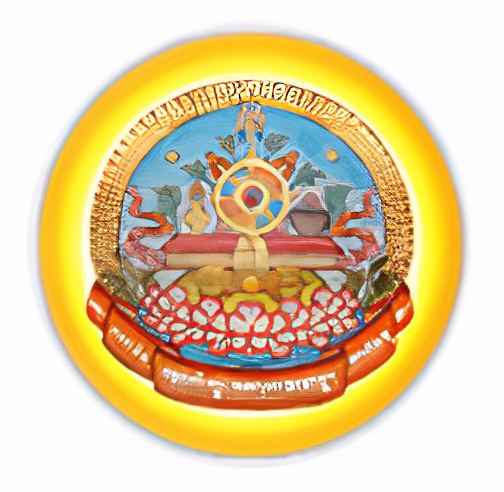In our fast-paced modern world, it's easy to become disconnected from ancient traditions and practices that were once integral parts of various cultures. Two such practices, Sojong and Gyuetsung, offer us an opportunity to delve into the past and gain insights into the spiritual and mindful ways of living. Let's take a journey into the depths of these ancient practices and explore their significance.
Sojong: Nourishing the Mind and Spirit
What is Sojong?
Sojong, also known as "uposatha" in Buddhist traditions, is a practice of observance that involves the purification of the mind and body. It is typically observed on the full moon, new moon, and other special days in Buddhist calendars. Sojong days are times when practitioners come together to reflect on their actions, purify their minds through meditation and prayer, and make renewed commitments to living in accordance with the teachings of Buddha.
The Essence of Sojong
At the heart of Sojong lies the concept of letting go – letting go of negative emotions, attachments, and actions that hinder spiritual growth. The practice encourages mindfulness, introspection, and self-awareness, inviting practitioners to contemplate their thoughts, speech, and actions. By doing so, they aim to cultivate virtues such as compassion, generosity, and non-harm.
The Rituals of Sojong
The rituals associated with Sojong vary across Buddhist traditions, but they commonly include the taking of vows, offering of alms to monks and nuns, recitation of scriptures, and periods of meditation. The act of taking vows serves as a commitment to abstain from certain behaviors and actions that perpetuate suffering. Offering alms is a way of cultivating generosity and recognizing the interdependence of all beings.
Gyuetsung: A Pause for Inner Reflection
What is Gyuetsung?
Gyuetsung, also spelled "gyuedzhi" or "gyued-sung," is a traditional Tibetan Buddhist practice that involves withdrawing from daily activities and entering a period of retreat and reflection. This retreat can last for a few days or even several years, during which the practitioner engages in intensive meditation, study, and inner exploration.
The Purpose of Gyuetsung
Gyuetsung offers a space for individuals to deepen their understanding of themselves, their minds, and the nature of reality. By stepping away from the distractions and demands of everyday life, practitioners can direct their focus inward, nurturing their spiritual growth and gaining insights that might otherwise remain hidden amidst the noise of the external world.
The Experience of Gyuetsung
During a Gyuetsung retreat, practitioners often engage in solitary meditation, chant sacred mantras, and study Buddhist scriptures. The isolation and silence provide a unique opportunity for self-discovery, and the insights gained during this time can lead to profound shifts in perspective and personal transformation.
The Relevance Today
While the world around us has evolved significantly since the times when Sojong and Gyuetsung originated, their essence remains as relevant as ever. In a world that constantly bombards us with distractions and noise, these practices offer a respite – a chance to pause, reflect, and reconnect with our inner selves.
Whether you follow a Buddhist path or not, the principles underlying Sojong and Gyuetsung can inspire us to lead more mindful lives. The idea of taking time to examine our thoughts and actions, to cultivate virtues, and to explore the depths of our own minds is a universal concept that can lead to personal growth, inner peace, and a greater sense of purpose.
So, as we navigate the complexities of our modern lives, let us not forget the wisdom of the past. Let us take moments to observe our own personal Sojong, embracing the fullness of life while also seeking periods of Gyuetsung-like introspection. In doing so, we can create a harmonious balance between the external and internal worlds, fostering well-being and spiritual depth in our journey.

